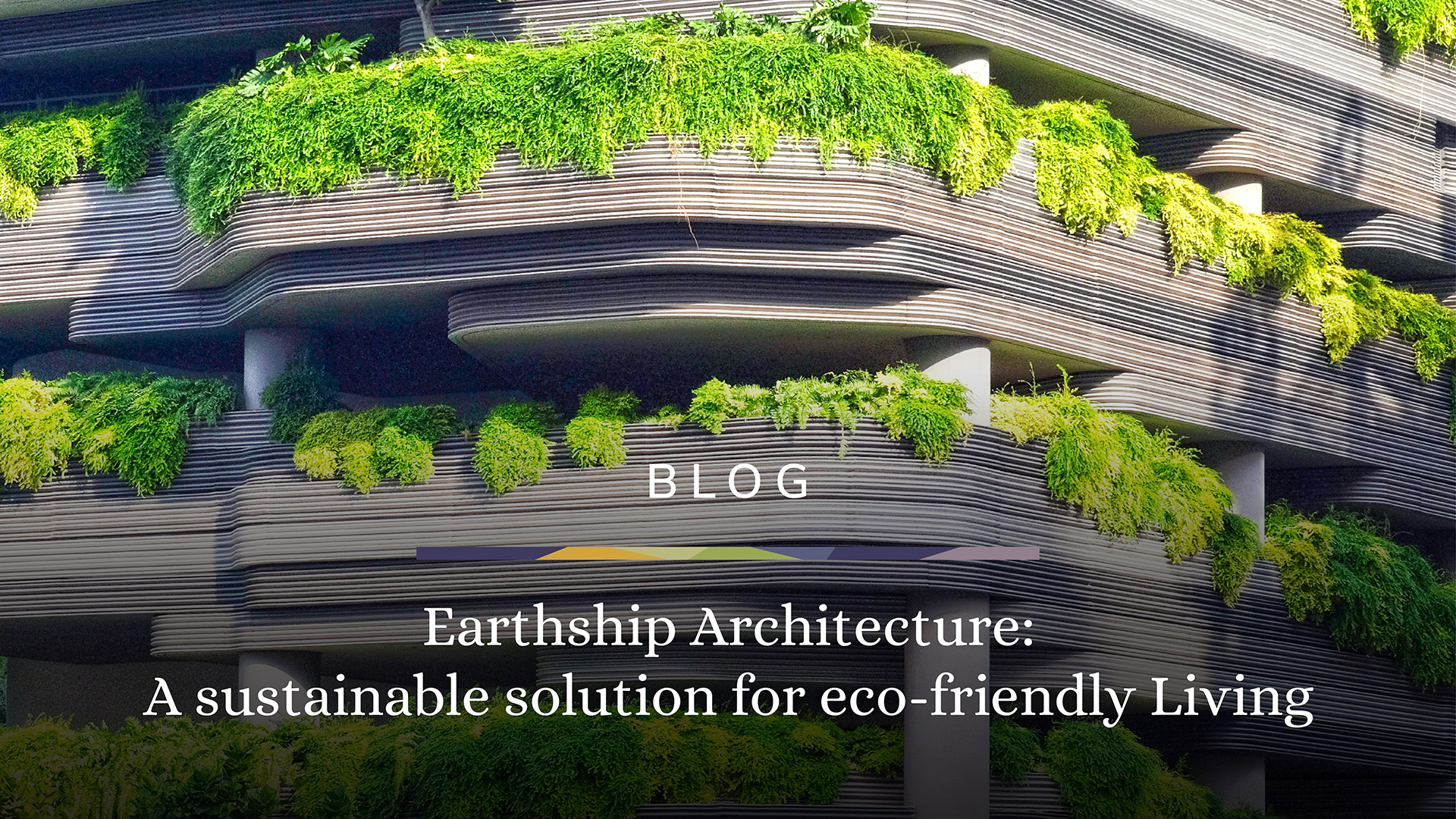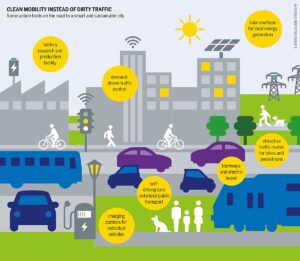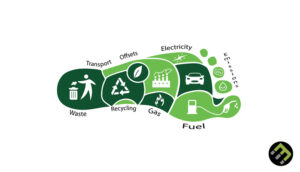Physical Address
304 North Cardinal St.
Dorchester Center, MA 02124

Sustainable architecture reduces environmental impact by optimizing natural resource use and minimizing waste. It focuses on energy-efficient, eco-friendly design principles and materials.
Embracing sustainable architecture is pivotal in today’s construction and design industries. As we confront escalating environmental concerns and the pressing need for climate action, the way we build has a significant role to play. Sustainable architecture seeks to minimize the carbon footprint of buildings, promote healthier environments, and conserve energy and water.
Architects and builders are turning to renewable materials and technologies that reduce emissions and waste throughout a building’s life cycle. This approach not only lessens ecological degradation but also often results in long-term financial savings. As society becomes more aware of environmental challenges, sustainable architecture is fast becoming the cornerstone of contemporary design philosophy. Its relevance extends beyond mere trends, marking a critical shift towards more responsible and foresighted construction practices.

Credit: fastcompanyme.com
Imagine a city where buildings and green spaces blend seamlessly. Sustainable architecture takes this vision to heart, reducing our environmental footprint by integrating nature into urban landscapes. Green spaces in cities offer a breath of fresh air, not just for our lungs but for the buildings among them. They are vital for sustainable development, enhancing biodiversity and boosting wellbeing.
Nature has a profound ability to heal, both the earth and its inhabitants. Incorporating green spaces into architectural design offers numerous benefits:
| Project Name | Location | Key Features |
|---|---|---|
| High Line | New York, USA | Elevated park built on a historic freight rail line |
| Gardens by the Bay | Singapore | Large waterfront garden with super-tree structures |
| Parkroyal on Pickering | Singapore | Hotel with green terraces and waterfalls |
Each case study reveals successful integration of green spaces in urban environments. The High Line repurposes an old infrastructure, offering locals a unique park experience above the city streets. Gardens by the Bay demonstrates a commitment to public natural spaces in a densely populated city. Parkroyal on Pickering, a hotel, not only provides luxury but also hosts a lush green facade that contributes to the city’s greenery. These examples prove that sustainable architecture with green spaces can thrive, even in the busiest of cities.

Credit: standingcloud.com
As the world leans towards green living, sustainable architecture takes center stage. It looks beyond energy efficiency. The goal is to minimize the carbon footprint. Architects now embrace innovative materials to build eco-friendly spaces.
These materials come from the earth and return with little harm. They replace traditional items. They serve both function and form. Let’s explore the rise of sustainable options in building design.
Biodegradable materials decompose naturally. They reduce waste in landfills. These options support a clean environment. Often, they are plant-based or natural fibers.
Recycling breathes new life into waste. Recycled blocks close the resource loop. They often use plastic or glass rubbish. Let’s see some examples.
| Material | Source | Usage |
|---|---|---|
| Eco-Bricks | Plastic bottles | Walls, installations |
| Recycled Concrete | Demolition sites | Foundations, new construction |
| Glass Foam | Recycled glass | Insulation |
In the quest for a healthier planet, sustainable architecture shines bright.
One of its core tenets is energy efficiency and conservation.
This approach not only cuts costs but also reduces environmental footprints.
Let’s explore the methods and designs that make buildings both eco-friendly and energy-wise.
Embracing green energy is a game-changer in sustainable architecture.
Buildings tap into the sun, wind, and earth for power.
Solar panels, wind turbines, and geothermal systems are key players here.
Smart design slashes energy needs. Buildings breathe better, stay lit naturally, and keep temperatures stable.
| Design Strategy | Energy Impact |
|---|---|
| Insulation | Locks in heat and coolness. |
| Windows | Invite natural light, reduce artificial lighting. |
| Orientation | Maximizes sun warmth in winter, coolness in summer. |
| Green roofs | Insulate and manage rainwater. |

Credit: www.premierelevatorcabs.com
Water sustainability is a cornerstone of sustainable architecture. Responsible management of water resources significantly reduces environmental impact. Techniques used in today’s green buildings include efficient systems for rainwater collection and innovative wastewater processing. These ensure water conservation and prevent excess consumption. Let’s delve into how these systems work and their role in sustainable architecture.
Collecting rainwater serves as a sustainable water source for buildings. Rainwater harvesting systems capture precipitation from rooftops and store it for future use. This practice eases the demand on municipal water supplies and lowers utility bills. Effective harvesting includes these elements:
Wastewater treatment innovations have revolutionized the recycling of water within buildings. By treating and reusing wastewater, buildings reduce overall water consumption. Here are some breakthrough techniques:
These technologies enable the reuse of greywater for irrigation and flushing toilets. They are essential for closed-loop water systems in eco-friendly buildings.
The ‘Well-being Aspect’ of sustainable architecture takes center stage in today’s construction landscape. This approach goes beyond mere environmental benefits. It embraces the profound impact that eco-friendly buildings have on human health and psychological well-being. Through thoughtful design, these structures foster a sense of comfort and peace for those who inhabit them.
More than a shelter, sustainable architecture aims to be a haven for health. Architects integrate natural elements and airflow optimization to ensure ample ventilation and daylight access.
Consider the use of non-toxic materials. Traditional buildings often contain harmful chemicals. These affect air quality and long-term health. Sustainable homes use safe, organic materials to create a healthier indoor environment.
Living in a sustainable environment deeply influences our mental health. Spaces designed with nature in mind offer a serene retreat from the hustle. Biophilic design connects occupants with nature, reducing stress and enhancing cognitive function.
Green views and access to outdoor spaces have proved to promote mental recovery and reduce fatigue. The use of calming colors and textures drawn from nature provides a restful atmosphere. An environment rooted in sustainability nurtures the mind and eases anxiety.
| Feature | Psychological Benefit |
|---|---|
| Natural Elements | Reduce stress levels |
| Open Spaces | Promote mental well-being |
| Eco-friendly Design | Encourage positive mood |
Sustainable architecture not only preserves our planet but also offers significant economic benefits.
By integrating eco-friendly design and materials, we save money and enhance property values. Let’s dive into the financial side of sustainable building.
Sustainable architecture might seem costly at first. The initial investment pays off.
A detailed cost analysis shows the long-term savings. Collectively, reduced energy bills and maintenance costs can lead to substantial financial gains over time.
Eco-friendly buildings attract buyers, resulting in a boost in property values.
| Sustainable Feature | Increased Value |
|---|---|
| Energy-Efficient Appliances | + |
| High-Quality Insulation | ++ |
| Solar Panels | +++ |
Properties with green certification often have higher value. This encourages more investments in sustainable architecture.
Sustainable architecture refers to designing buildings that minimize environmental damage while maximizing resource efficiency. It incorporates eco-friendly materials and energy-saving technologies to reduce carbon footprints.
Sustainable design reduces pollution by utilizing non-toxic materials and renewable resources. It emphasizes natural ventilation and lighting, lessening the reliance on artificial, energy-consuming systems.
Yes, sustainable buildings can significantly lower energy costs. They employ insulation, passive solar design, and energy-efficient systems that reduce the need for heating and cooling.
Green roofs play a vital role in sustainability by improving insulation, reducing stormwater runoff, and providing habitats for wildlife. They also help combat the urban heat island effect.
Sustainable architecture stands at the forefront of eco-friendly innovation. By embracing green design, we significantly cut down on resource consumption and carbon footprints. Let’s champion this movement to ensure a healthier planet for future generations. Architects, planners, and individuals alike play a crucial role; together, we make a lasting difference.

